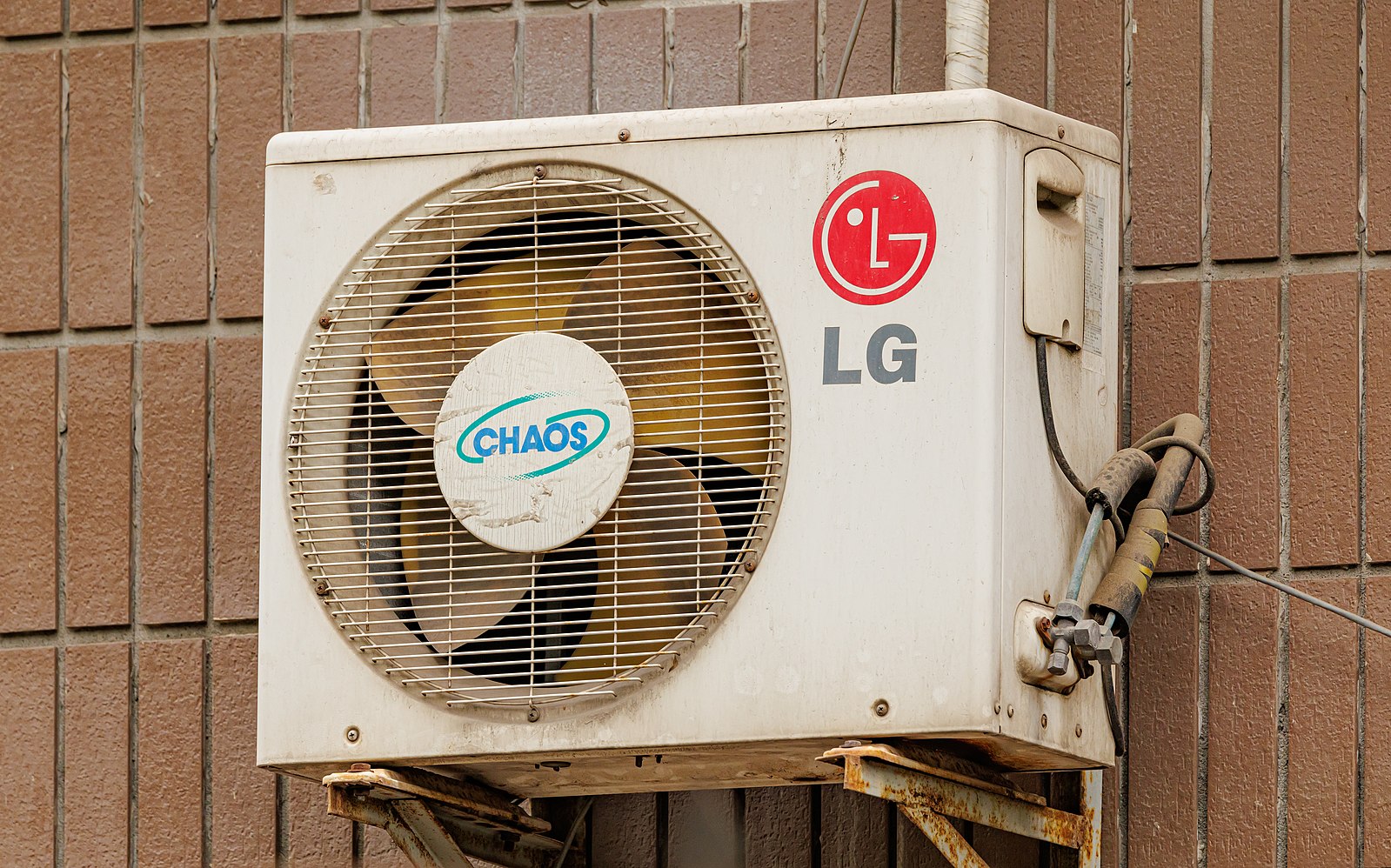The LG Zone Controller is a powerful and versatile tool for managing the temperature and airflow in different zones of a building. Whether you’re a homeowner, a commercial property manager, or a HVAC technician, understanding how to effectively use this controller can make a significant difference in your comfort and energy efficiency. In this comprehensive guide, we’ll dive deep into the technical details and step-by-step instructions to help you master the LG Zone Controller.
Installation and Setup
The first step in using the LG Zone Controller is ensuring it is installed correctly. This process involves several critical steps:
-
Connecting the Controller: Carefully follow the instructions in the owner’s manual to connect the LG Zone Controller to the air conditioning unit. This typically involves wiring the controller to the indoor unit and ensuring a secure connection.
-
Zone Configuration: The LG Zone Controller can manage up to 4 individual zones. To set up the zones, you’ll need to identify the specific areas of your building that require independent temperature control. This may involve installing dampers, sensors, and other components to create the desired zones.
-
Sensor Placement: Accurate temperature readings are essential for the LG Zone Controller to function effectively. Carefully position the temperature sensors in each zone, ensuring they are not obstructed and can accurately measure the ambient temperature.
-
Airflow Balancing: Once the zones are configured, you’ll need to balance the airflow to each zone. This may involve adjusting dampers, vents, or other components to ensure the desired airflow distribution.
-
Commissioning: After the physical installation and setup, you’ll need to commission the LG Zone Controller. This process typically involves powering on the system, verifying the zone configurations, and testing the various functions to ensure everything is working as intended.
Powering Up and Navigation
 Image source: LG Ac By Dinkun Chen
Image source: LG Ac By Dinkun Chen
-
Turning on the Controller: To power up the LG Zone Controller, locate the power button and press it. The controller should light up, and the current temperature should be displayed on the screen.
-
Touchscreen Navigation: The LG Zone Controller features a user-friendly touchscreen display. To navigate the various functions and settings, simply tap the corresponding buttons or icons on the screen.
-
Zone Selection: To select a specific zone, press the corresponding button or icon on the touchscreen. The selected zone should be highlighted, indicating that it is the active zone.
-
Temperature Adjustment: To adjust the temperature for the selected zone, use the up and down arrow buttons or icons on the touchscreen. The temperature display should change accordingly.
-
Temperature Units: The LG Zone Controller can display temperatures in either Celsius or Fahrenheit. To change the temperature unit, navigate to the settings menu and select the desired option.
Advanced Functions and Settings
The LG Zone Controller offers a range of advanced functions and settings to optimize your HVAC system’s performance:
-
Child Lock Function: To prevent unauthorized temperature changes, the LG Zone Controller has a child lock function. To activate the child lock, press the dedicated child lock button or icon. To deactivate the child lock, press the button or icon again.
-
Simple Reservation: The LG Zone Controller allows you to set a simple reservation time, which can be used to automatically turn the air conditioning unit on or off at a specific time. To access this function, press the “Easy” button and follow the on-screen prompts.
-
Time Setting: To set the current time on the LG Zone Controller, press the time display button or icon. This will bring up a window where you can adjust the date and time as needed.
-
Airflow Adjustment: In some models, the LG Zone Controller may offer the ability to adjust the airflow for each individual zone. This can be useful for fine-tuning the temperature and comfort levels in specific areas.
-
Energy Monitoring: Certain LG Zone Controller models may include energy monitoring capabilities, allowing you to track the energy consumption and efficiency of your HVAC system.
-
Remote Access: Some LG Zone Controller models may offer remote access functionality, enabling you to control and monitor the system from a smartphone or tablet. This can be particularly useful for commercial or multi-zone applications.
Maintenance and Troubleshooting
To ensure the long-term reliability and performance of your LG Zone Controller, it’s essential to perform regular maintenance and address any issues that may arise:
-
Cleaning: Periodically clean the touchscreen display and the exterior of the LG Zone Controller to maintain its appearance and functionality.
-
Sensor Calibration: Over time, the temperature sensors may require calibration to ensure accurate readings. Consult the owner’s manual or contact a qualified HVAC technician for guidance on the sensor calibration process.
-
Firmware Updates: LG may release firmware updates for the Zone Controller to address bugs, improve performance, or add new features. Check the LG website or contact customer support to stay informed about the latest firmware versions and update procedures.
-
Troubleshooting: If you encounter any issues with the LG Zone Controller, such as erratic behavior, communication problems, or unexpected temperature fluctuations, refer to the troubleshooting section of the owner’s manual or contact LG customer support for assistance.
By following the comprehensive instructions and technical details outlined in this guide, you’ll be well on your way to mastering the LG Zone Controller and optimizing the comfort and energy efficiency of your HVAC system.
References:
- LG colour touchscreen controller set up PREMTB100 – YouTube: https://www.youtube.com/watch?v=7ypI7hmukio
- LG Ductless Remote Control Tutorial – YouTube: https://www.youtube.com/watch?v=1jze0VsxU24
- LG Concealed Duct Air Conditioner – OWNER’S MANUAL: https://www.lg.com/au/support/products/documents/ABUW366KSA1.pdf
